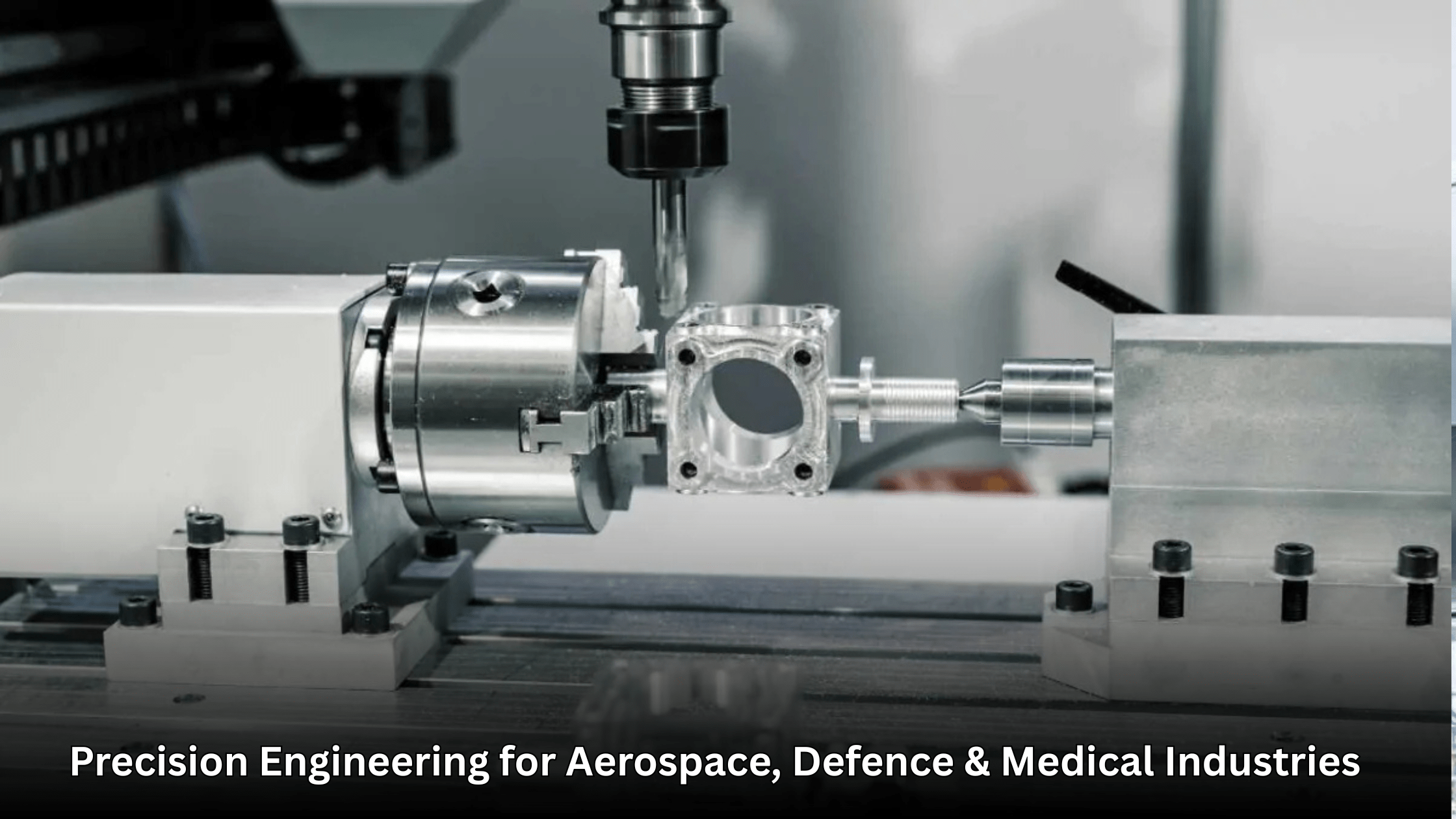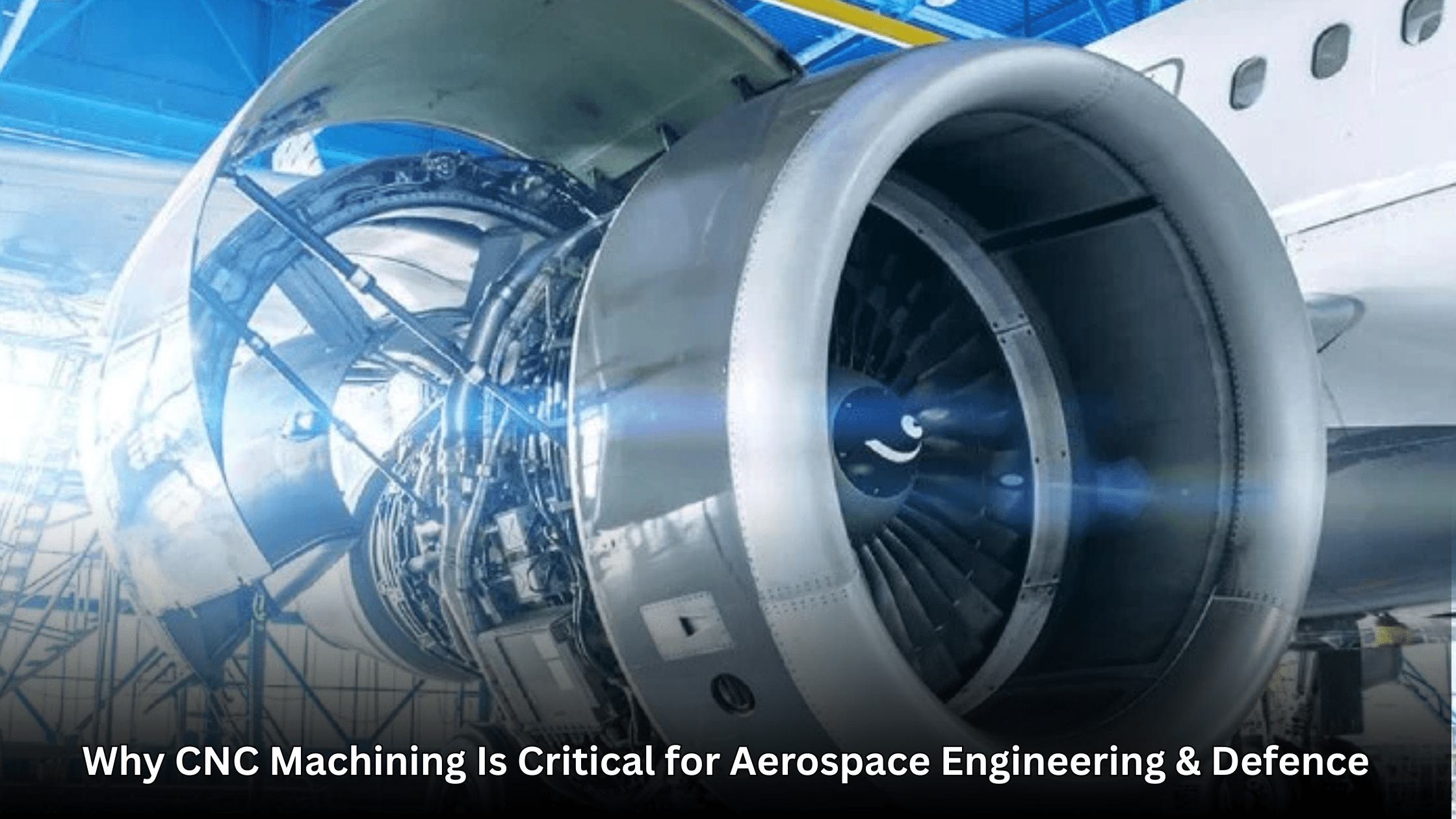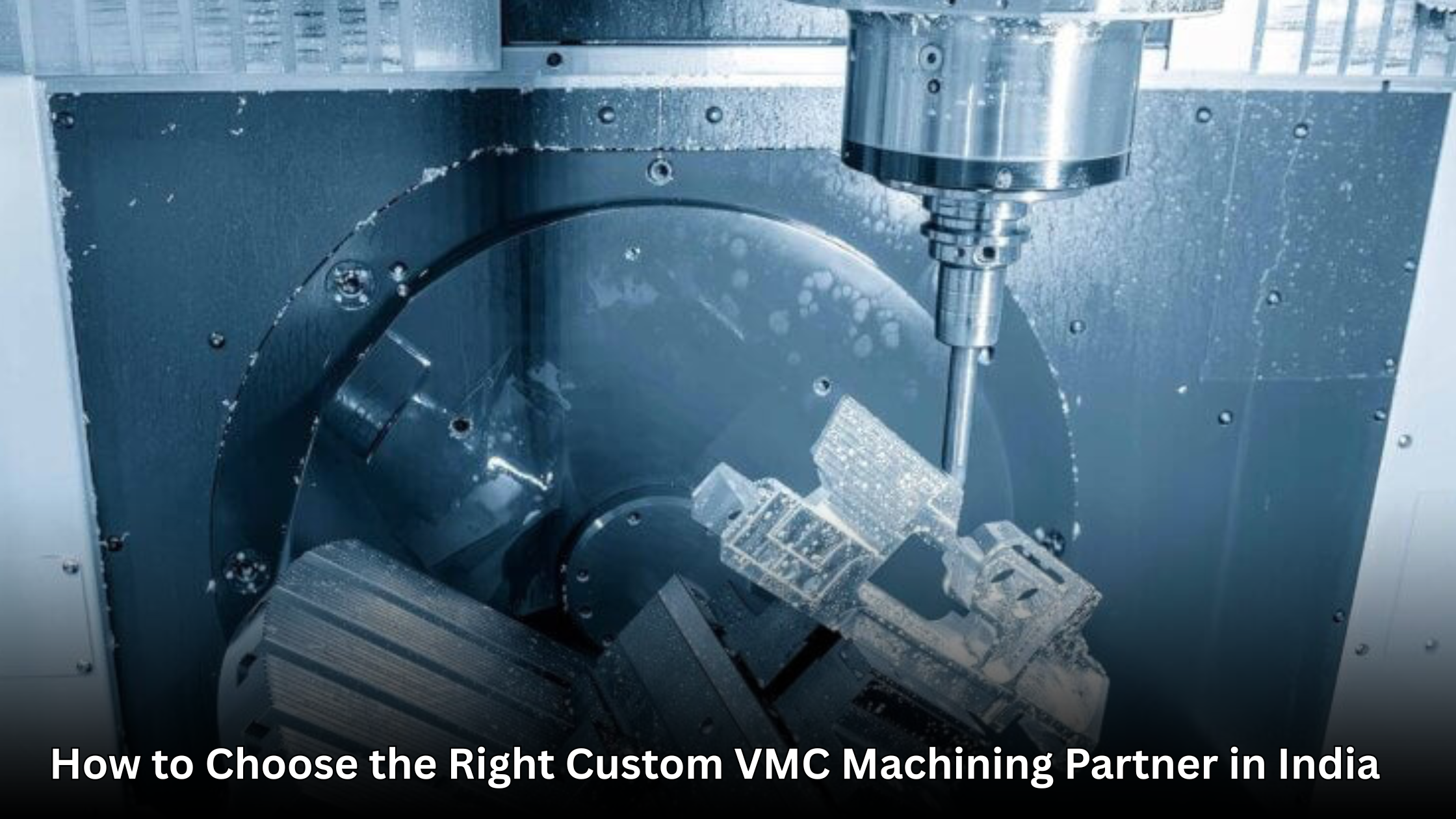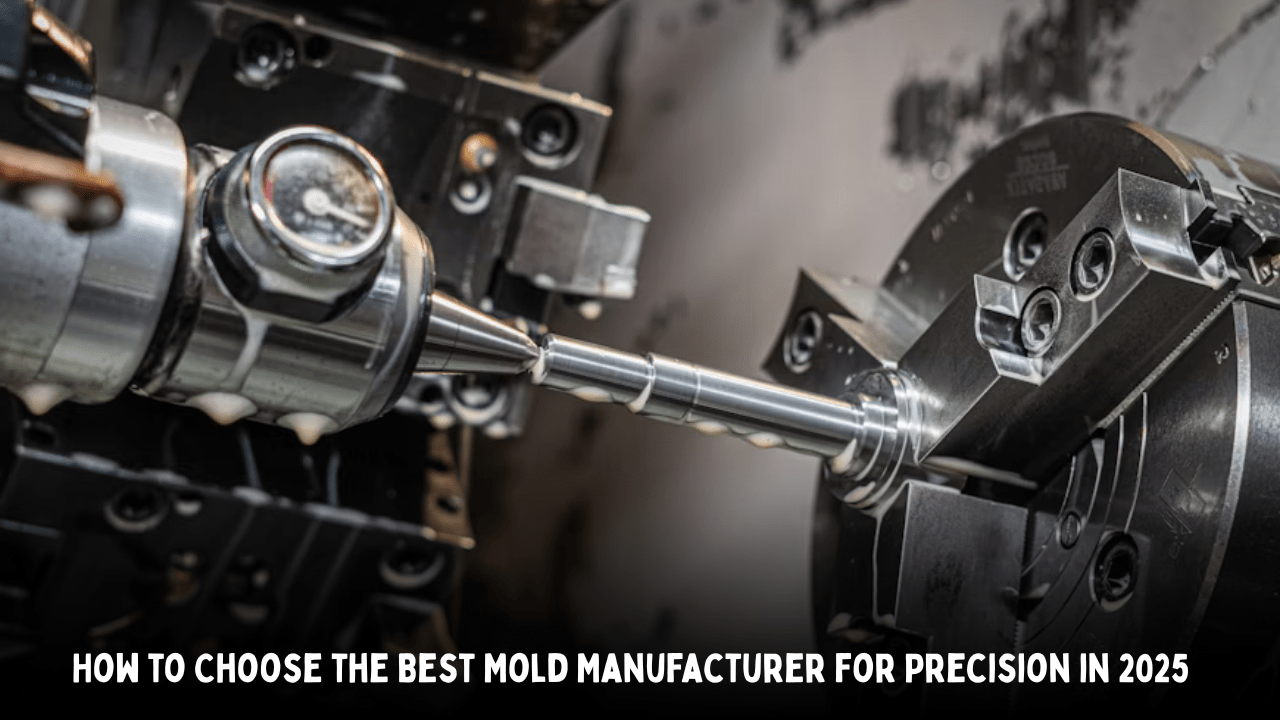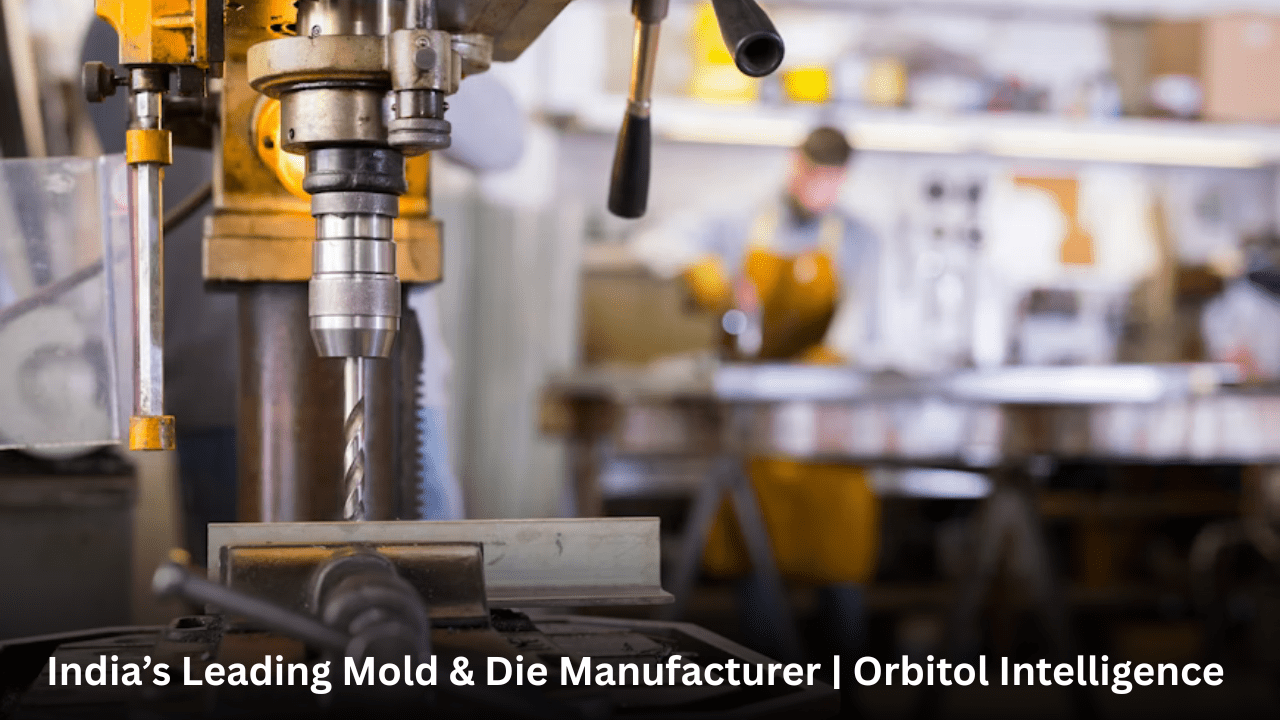The world of precision engineering is undergoing rapid changes and the pace of these changes continues to escalate. The range of industries that include aerospace, automotive, healthcare, and energy all require a manufacturing process that is highly accurate, reliable, and efficient. Now, as we are nearing 2026, the techniques and breakthroughs are reshaping the designing, machining, and assembling of the precision components.
It is absolutely certain that the degree of accuracy is the main requirement in the case of an aircraft engine part, surgical instrument, or an automotive component only. Moreover the advent of smart manufacturing systems, CNC and VMC machines, and automation has made the future more exciting than ever before.
We are going to dissect the major trends that influence the future of precision engineering in 2026 along with the industrial changes that are meant for the future demands.
What is Precision Engineering?
It’s a good idea to drop back and understand the true nature of precision engineering.
Precision engineering is a science that deals with designing and producing parts with very close tolerances – most of the time, these are in microns. It guarantees that each element is installed perfectly and will continue to do so even if the system is of high complexity.
This field merges the use of high-tech machines, material science, and metrology to make parts which find their application in areas like aerospace machining, automotive parts manufacturing, medical devices, and defense systems.
The precision part of the whole process from a turbine rotation to a surgical tool fit is what makes the industries the safe and efficient way run their businesses.
Why Precision Engineering Is the Backbone of Modern Manufacturing
The strength of the precision engineering concept is that it can deliver efficiency, accuracy, and quality.
Efficiency: By employing waste at a minimum and bettering production cycles more manufacturers can save both time and money.
Accuracy: In particular, every unit of a thousandth of a millimeter is of great importance in aerospace and medical applications because, to put it, an even minor deviation can result in performance problems.
Quality: As precision will allow the parts to confirm to be unchangeable, durable, and reliable — these characters which are of a clients and a regulators request.
Modern CNC and VMC machines of today have escalated these fundamentals to a new height where high-precision manufacturings are widely faster, smarter, and are more scalable than before.
Trend 1: Smart CNC and VMC machines Take Center Stage
The first and foremost trend in precision engineering as we move into 2026 would be the change in CNC and VMC machines.
Nowadays, CNC (Computer Numerical Control) and VMC (Vertical Machining Center) systems have developed beyond basic programmed functions. They have become intelligent, adaptable, and data-driven.
What is Changing:
AI-Powered Automation: Machines will be able to optimize cutting paths, make necessary adjustments to feeds, and keep track of tool conditions in real-time.
Predictive Maintenance: By checking vibrations, heating, and performance, sensors are in a position to make a prediction of the tool wear that happens before an engine failure.
Remote Monitoring: So long the distance, engineers are able to both monitor and take control of the machines thus minimizing the time lost between work and increasing the productivity level.
In brief, the smart machining is enabling manufacturers to produce the parts which allow for high tolerances much faster and with a minimal number of errors. This is something that these sectors for example aerospace machining and automotive parts manufacturing cannot do without.
Trend 2: Integration of Additive and Subtractive Manufacturing
It is expected that by the year 2026, there will be a big number of hybrid machines which will be capable of combining traditional subtractive machining processes such as milling or turning with additive manufacturing (3D printing).
For instance, you can first 3D print a part using metal powder and then make it VMC machined finishing to get the accuracy to the micrometer level of the part. Benefits of this merger are:
New part development and production at quicker speeds
Less material consumption and cost
Greater design flexibility
Reduction in lead time
Such industries as implant, surgical utensils, and light aerospace structure manufacturing may find it hard moving forward without this hybrid line.
Trend 3: Rise of Sustainable Precision Manufacturing
Being a global priority for many years sustainability is, however, no exception to precision engineering. The concept of reducing the impact on the environment while not letting go of accuracy is what manufacturers find innovative.
Key Developments Include:
Energy-efficient CNC machines that consume less power.
Coolant recycling systems that minimize waste.
Sustainable injection molding machines made by next-generation injection molding machine manufacturers.
Material reuse programs for titanium, alumina, and polymers.
In 2026, sustainability will not only be an option but it will also be a competitive advantage.
Trend 4: The Evolution of Centreless Grinding Technology
The centreless grinder is now a space-aged version of itself. For a long time, it was recognized as the method to get a very accurate result with cylindrical parts; however, this technology is now being improved by process automation, robotics, and AI.junction.
Features of modern centreless grinders include:
Automatic feed systems for continuous production
Smart sensors that monitor roundness and surface finish
AI-based controls that adjust wheel speed and pressure on the fly
The above listed are just a few of the features that make it possible even for the most complicated shafts, rods, and medical pins to be of the closest tolerance the two industries of aerospace and healthcare which use them have the same requirements.
Trend 5: Expansion of Aerospace Machining Capabilities
The aerospace industry is one of very few that require extreme precision. The role of every component is to resist very high or low temperatures, changes in pressure, and shake all this while performing flawless function.
Five major developments will appear in aerospace machining in 2026:
5-axis CNC and VMC machines for complex part geometries.
Smart tool monitoring systems to detect stress and wear.
Automation-driven inspection systems for zero-defect production.
Lightweight material machining (titanium, Inconel, carbon fiber).
With the development of green aviation all over the world, precision engineering will be the key to making more efficient engines and safer planes the greenest ways.
Trend 6: Advanced Automation in Automotive Parts Manufacturing
The engineering of the car is significantly one of the major areas which has been massively affected by the innovations of precision. The whole car industry is undergoing an upheaval with new technology such as electric vehicles (EVs), driver-less cars, and the application of lighter materials.
Under extremely harsh conditions, precision engineering is still maintaining the normal function of each car part from gears to braking systems.
What’s Coming in 2026:
To be specific, AI-driven CNC machining will take component production speed to a new level.
When it comes to maintaining the same quality throughout, integrated robotic systems play a significant role.
Micron-level variations detection is the function of real-time quality control sensors.
One more technological leap will be smart assembly lines, where machines interact with each other without any hitch.
The use of CNC, VMC, and centreless grinding will still be the deciding factor for this area, where the main focus will be on parts that are not only lighter but also stronger and energy-saving.
Trend 7: Precision in Medical and Surgical Applications
The health sector is taking a step towards a new era of individuality with the main focus on precision.
Every medical device, from surgical utensils to orthopedic implants, needs to follow very strict safety and performance standards. With progress in micro machining and precision VMC machines, producers can make parts that are smaller, smoother, and more complicated than ever before.
This precision leads to:
Shortened patient recovery period
Higher compatibility of implants
Decreased risk of infection
Extended lifespan of medical devices
Along with 2026, more AI-powered production systems and cleanroom standards for medical device factories are to be expected.
Trend 8: Collaboration Between Humans and Machines
The expansion of automation is not at the cost of the human factor which is still very much needed. The bright future of precision engineering is in “collaboration” which means that competent human engineers are the co-workers of sharp-witted machines.
“Cobot” (collaborative robots) are helpers that work alongside people and handle delicate materials, do repetitive work, and take care of the safety of the environment. The final outcome? Wonderful productivity with fewer errors.
Such cooperation between machines and humans is a proof that robots are precision and stability providers whereas people are creativity and decision-making generators.
Trend 9: Digital Twins and Real-Time Simulation
Just one more factor that will revolutionize 2026 is the installation of digital twins in a large scale absolutely the same as the original but it is virtual.
A manufacturer can verify how a CNC machine would perform, figure out stress zones on a turbine blade, or take component aerodynamics check all these can happen before the actual production gets underway.
The benefits include:
Lowering costs on product development
Ensure few or no design errors
Make production cycles faster
Enhance accuracy and repeatability
Aerospace machining and automotive parts manufacturing will be able to utilize these digital insights to the fullest.
Trend 10: Global Collaboration and Supply Chain Resilience
The precision engineering industry is still going through a process of deep interconnection with the past. The manufacturers of injection molding machines, makers of CNC tools, and aerospace companies are working together beyond borders to achieve technological standards, make supply chains efficient and share the innovations.
It will be a world of precision engineering where the following will be witnessed in 2026:
Decentralized manufacturing hubs driven by data and AI.
Such development will be faster due to cloud-based design collaboration.
Companies will be engaging in localized production for the purpose of cutting down on the cost as well as avoiding shipping delays.
This interconnected ecosystem is going to be the network of quicker and more sustained supply chains that will be found everywhere in the world.

